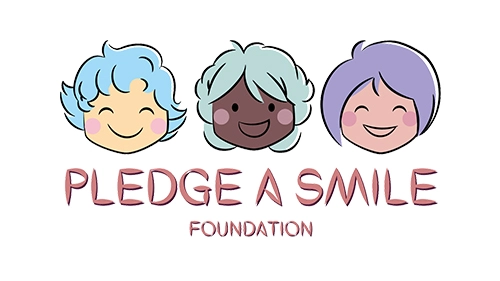Sanitation relates to public health issues, particularly the availability of safe drinking water and proper sewage disposal (Oxford Languages). The right to sanitation is included in the Right to Life, even though it is not directly stated in the Indian Constitution. It is also included in Part IV of the Constitution’s ‘Directive Principles of State Policy’ (DPSP). As a result, it’s reasonable to assume that India believes sanitation to be a fundamental right for all of its residents. But why do 98 million people lack access to a safe drinking water supply? (WaterAid) Why, despite possessing sanitation rights, is sanitation not commonplace in our country?
In India, a large portion of the population defecates in public places such as roadways, farm fields, and other public areas. Because defecators are susceptible to infections including diarrhoea, intestinal worm infections, and even typhoid cholera, hepatitis, and other diseases, they are not a safe alternative to toilets and washrooms. On a broader scale, it contaminates water sources that are intended for human consumption. Surprisingly, the lack of toilets or washrooms is not the cause of open defecation. According to BBC News, this could be a cultural issue. Indians, particularly those in rural areas, think that open defecation is beneficial to their health. They consider faeces to be a terrible conduct that should not take place within their homes’ Instead, as long as their houses are ‘pure,’ doing the same in felids or open roadways is allowed.
While cultural beliefs, habits, and traditions have an impact on how sanitation is implemented, the most significant impediment to the country’s complete implementation of sanitation and hygiene for its population is a lack of resources such as clean drinking water and functioning toilets. “More than half of the population lacks access to safe drinking water, and over 200,000 people die every year due to a lack of safe water,” according to Financial Express. Lack of government planning, human waste and pollution, and greater business privatisation are some of the causes of this problem (The Water Project). Furthermore, UNICEF claims that water scarcity is affecting over 700 regions across the country. The absence of working toilets is attributable to inadequate toilet maintenance, as well as a lack of funding Due to corruption, the infrastructure is in terrible condition.
How can we actually make sanitation a fundamental right, as mentioned in the Indian Constitution? The sanitation issue necessitates a diversified approach. According to the Indian government, toilet access in rural regions had reached 95 percent by October 2018. While these figures are debatable, it is critical to note that simply constructing toilets would not fix the problem. It is apparent that access to a toilet has no bearing on its use; rather, people’s attitudes do. As a result, significant investments in public awareness efforts are needed at all levels of society. Similarly, access to safe drinking water necessitates strategic planning and long-term solutions to manage both water consumption and scarcity. Most essential, they must be reachable equitably so that everyone has access to sanitation in an equitable manner.
